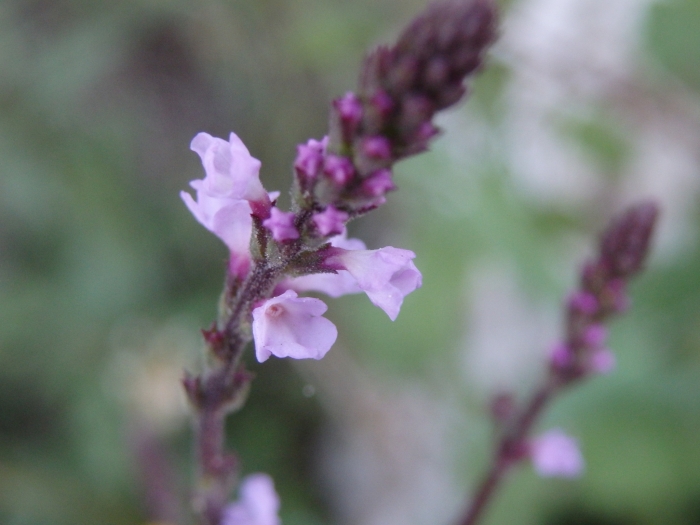Common Vervain
(Verbena officinalis)
Common Vervain (Verbena officinalis)
/
/

Carminda Santos
CC BY 4.0




















































Estimated Native Range
Summary
Common vervain is valued for its traditional use in herbal medicine and is occasionally cultivated as an ornamental plant. It is known for its hardiness and can be a low-maintenance addition to wildflower gardens, borders, or as a part of a medicinal herb collection. It prefers calcareous (limey) soils and is adaptable to various soil types as long as they provide medium drainage. While it thrives in full sun, it can also tolerate part shade. Gardeners should be aware that common vervain can self-seed prolifically under favorable conditions, which may be considered invasive in some areas. Propagation is typically by root cuttings or seed.CC BY-SA 4.0
Plant Description
- Plant Type: Herb
- Height: 1-3 feet
- Width: 1-3 feet
- Growth Rate: Moderate
- Flower Color: Pink, Purple
- Flowering Season: Spring, Summer, Fall
- Leaf Retention: Deciduous
Growth Requirements
- Sun: Full Sun, Part Shade
- Water: Medium
- Drainage: Medium
Common Uses
Bank Stabilization, Bee Garden, Bird Garden, Butterfly Garden, Deer Resistant, Drought Tolerant, Edible*Disclaimer: Easyscape's listed plant edibility is for informational use. Always verify the safety and proper identification of any plant before consumption., Fragrant, Groundcover, Hummingbird Garden, Low Maintenance, Rabbit Resistant, Salt Tolerant
Natural Habitat
native to Europe, Asia and Africa as well as Australia, particularly thriving in grasslands, roadsides, and open woodlands
Other Names
Common Names: Common Verbena, European Vervain, Herb Of The Cross, Simpler’s-Joy, Læge-Jernurt, Echtes Eisenkraut, Eisenkraut, Gewöhnliches Eisenkraut, Rohtoverbena, Verveine Officinale
Scientific Names: , Verbena officinalis, Verbena officinalis subsp. officinalis, Vitex ×adulterina,
GBIF Accepted Name: Verbena officinalis L.